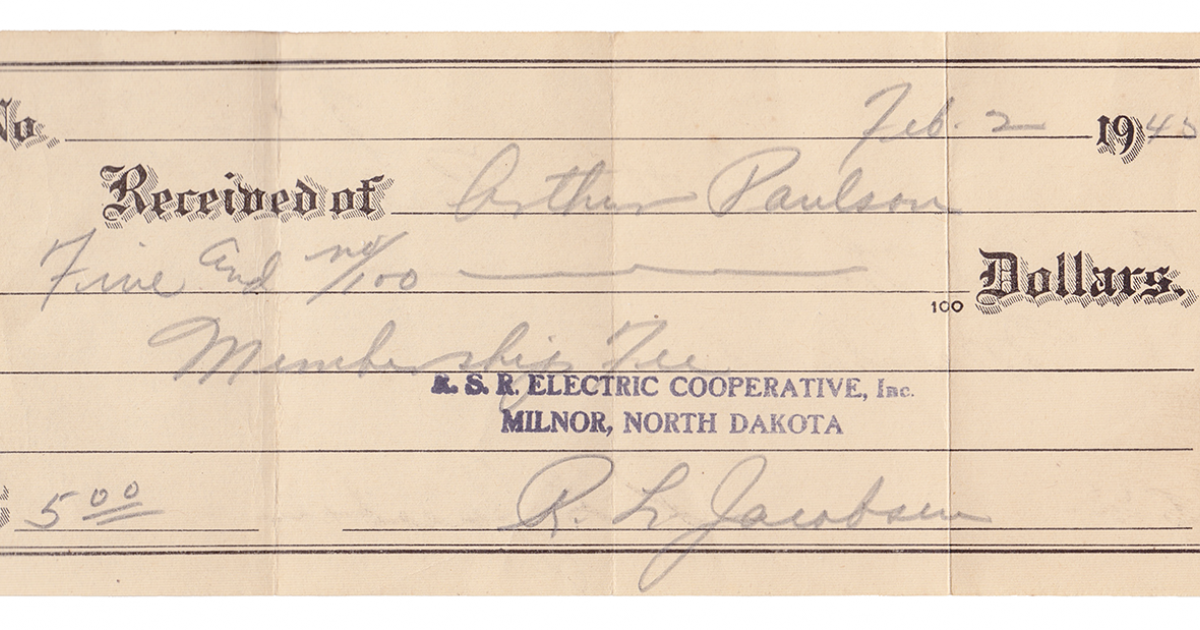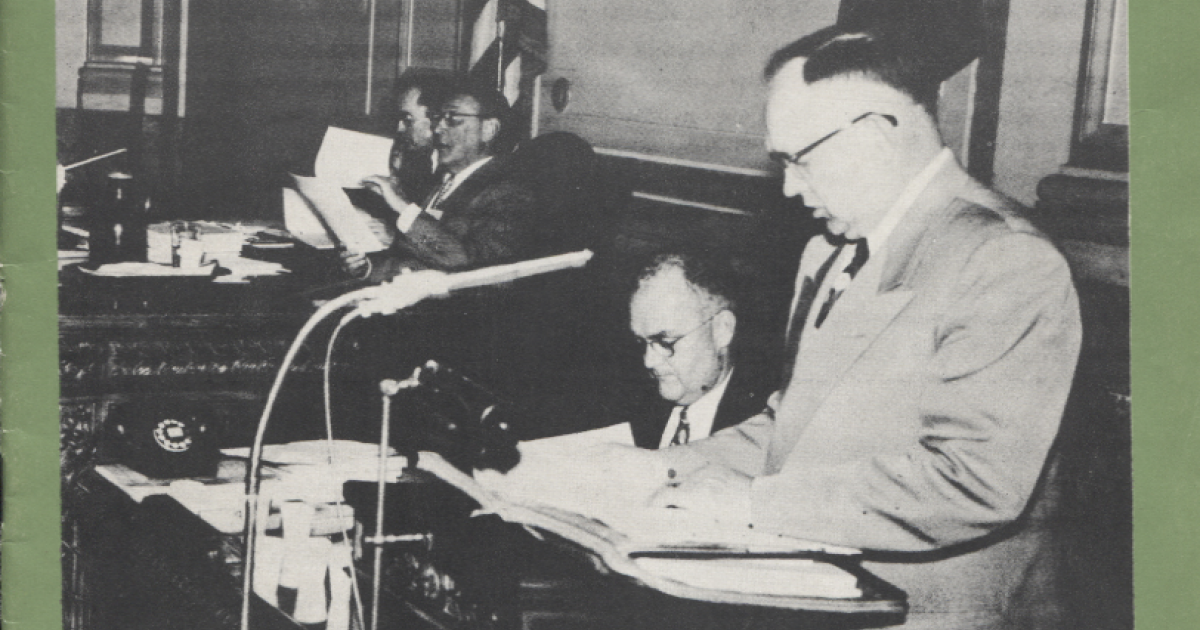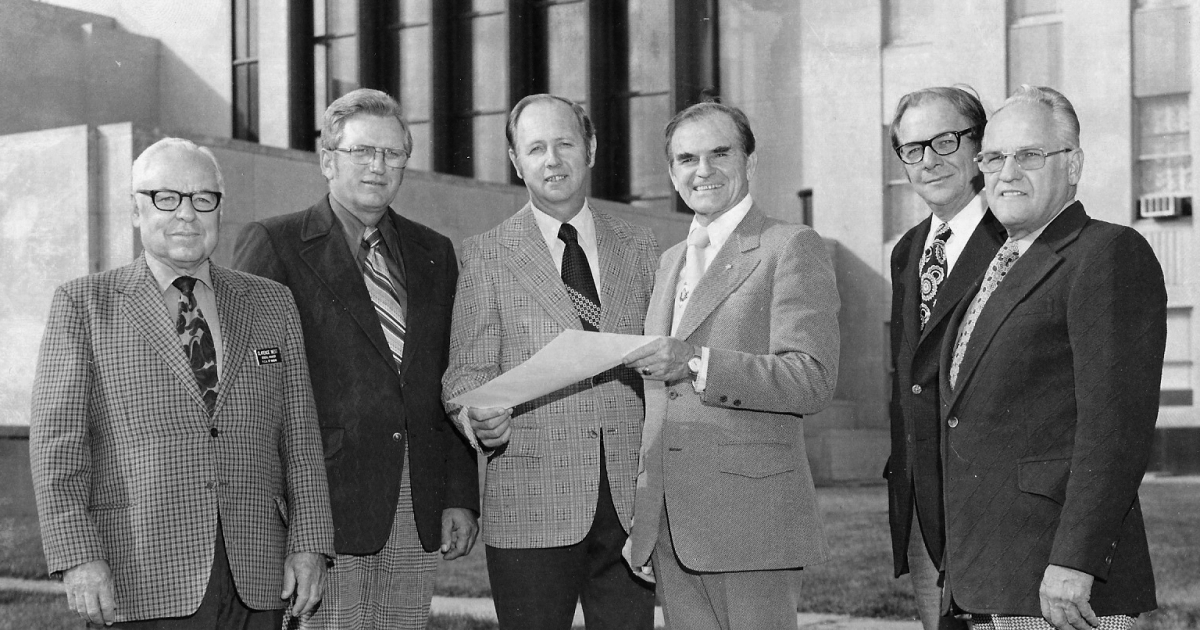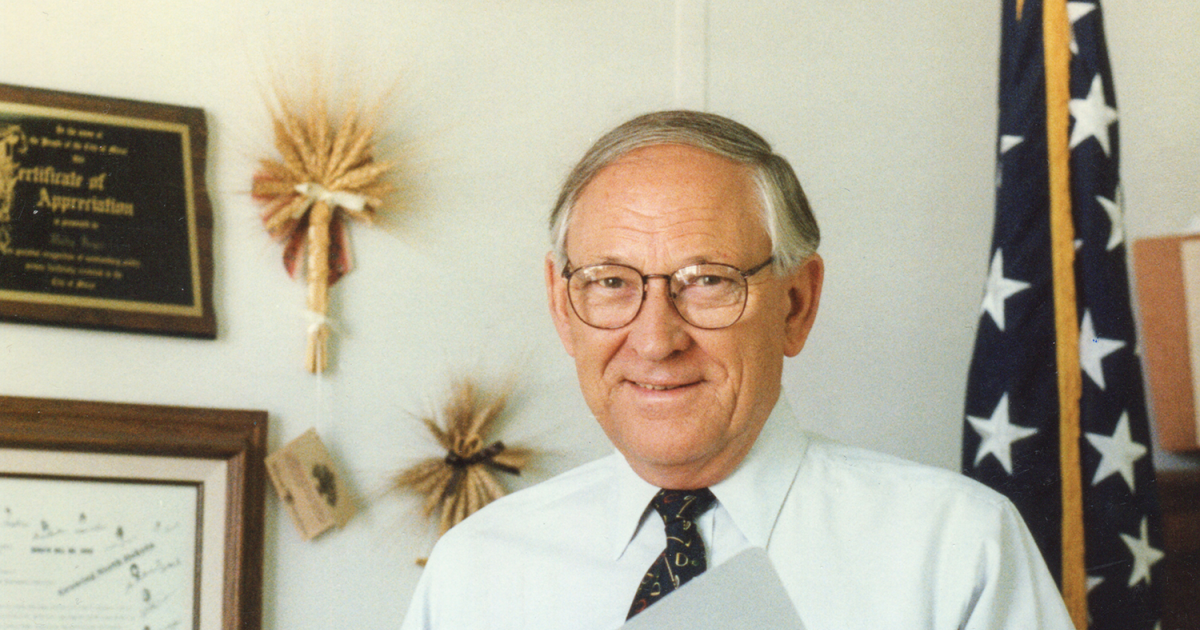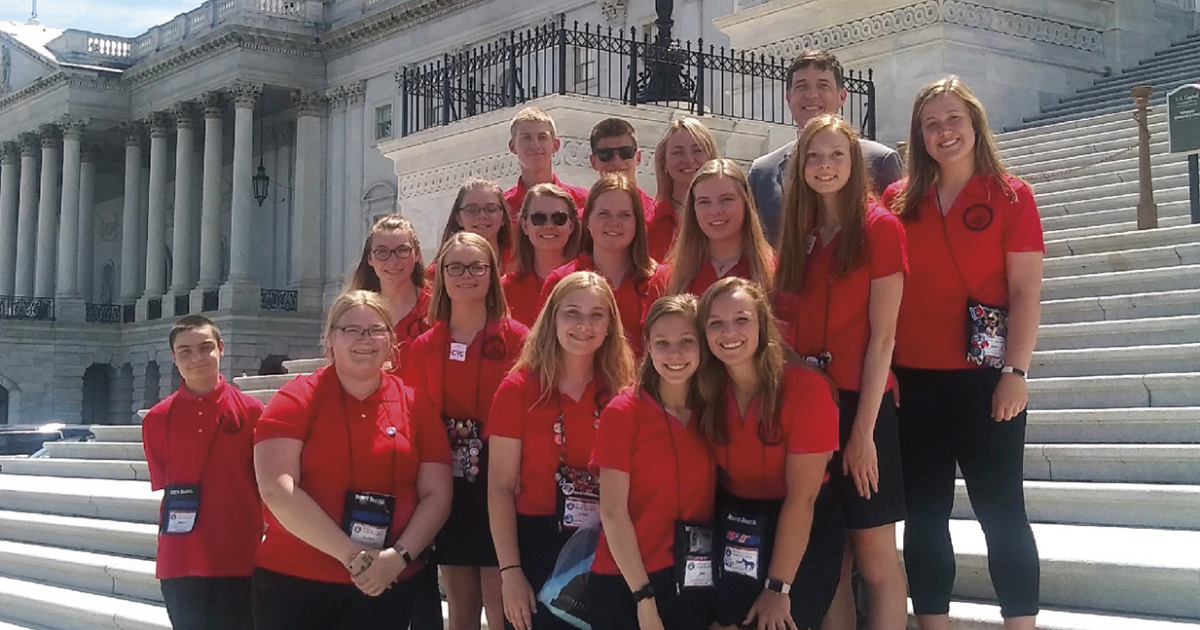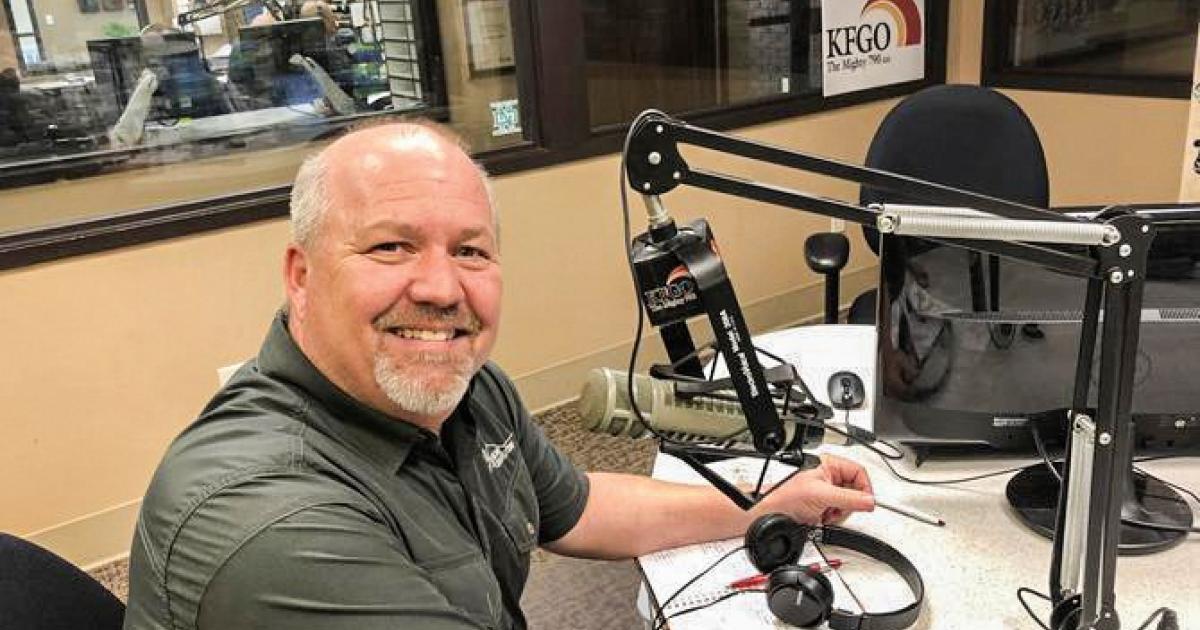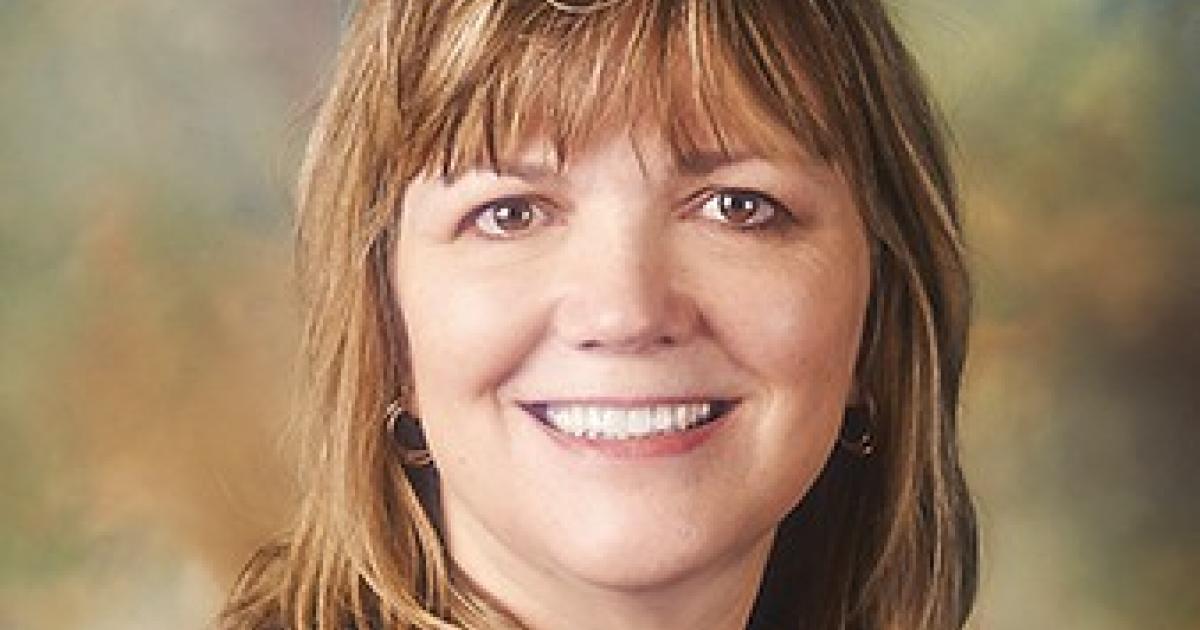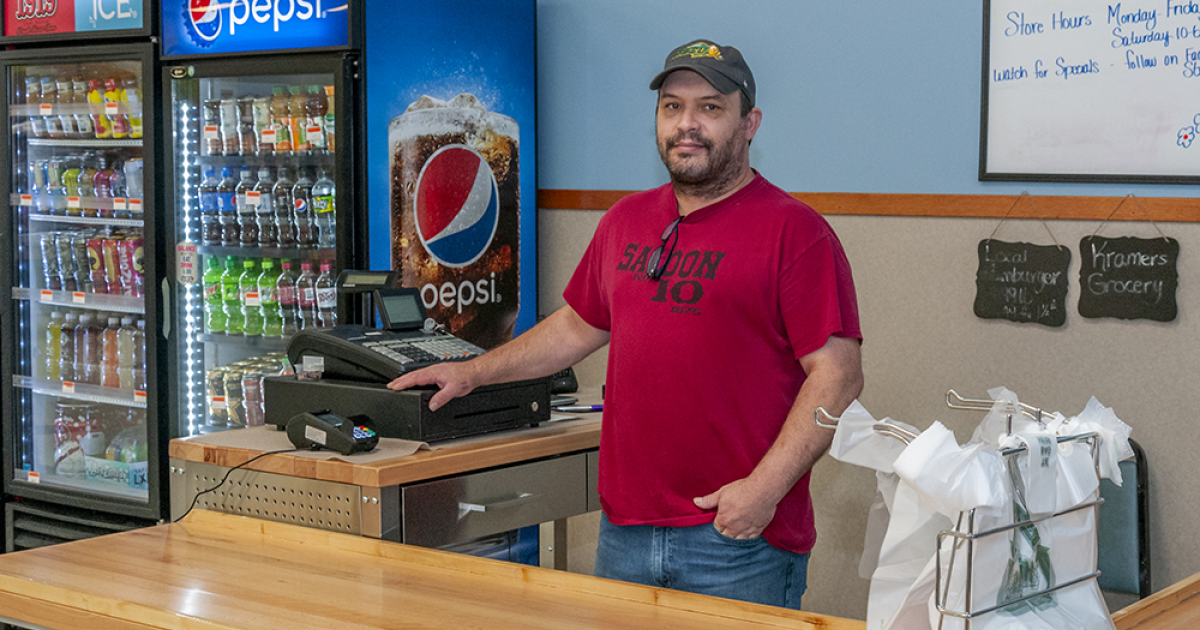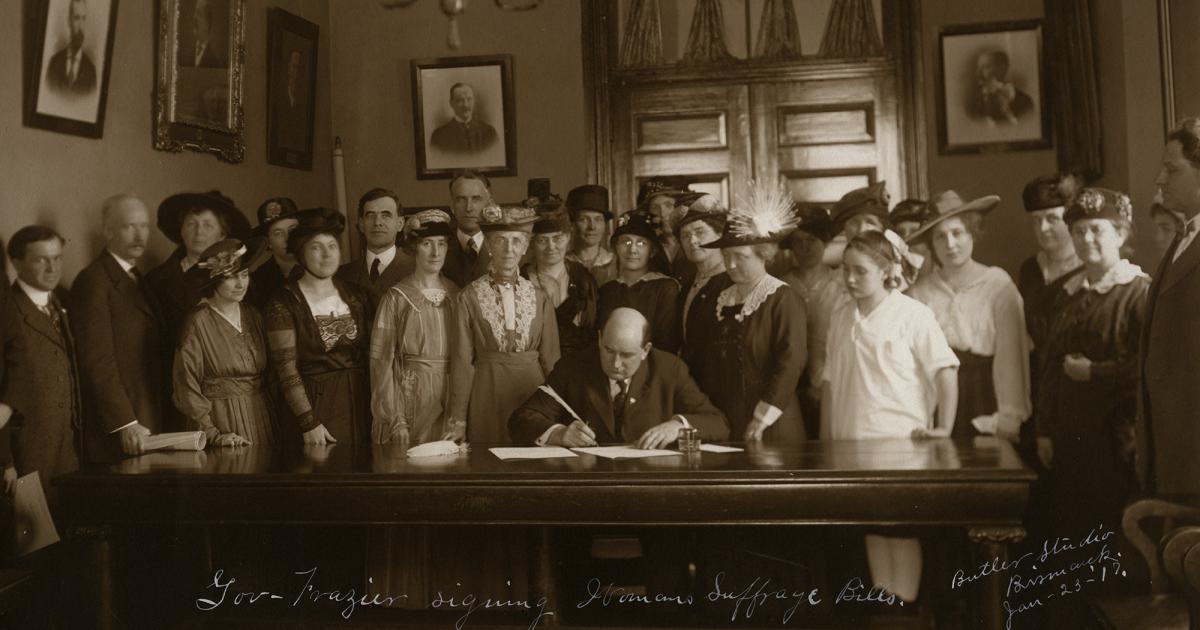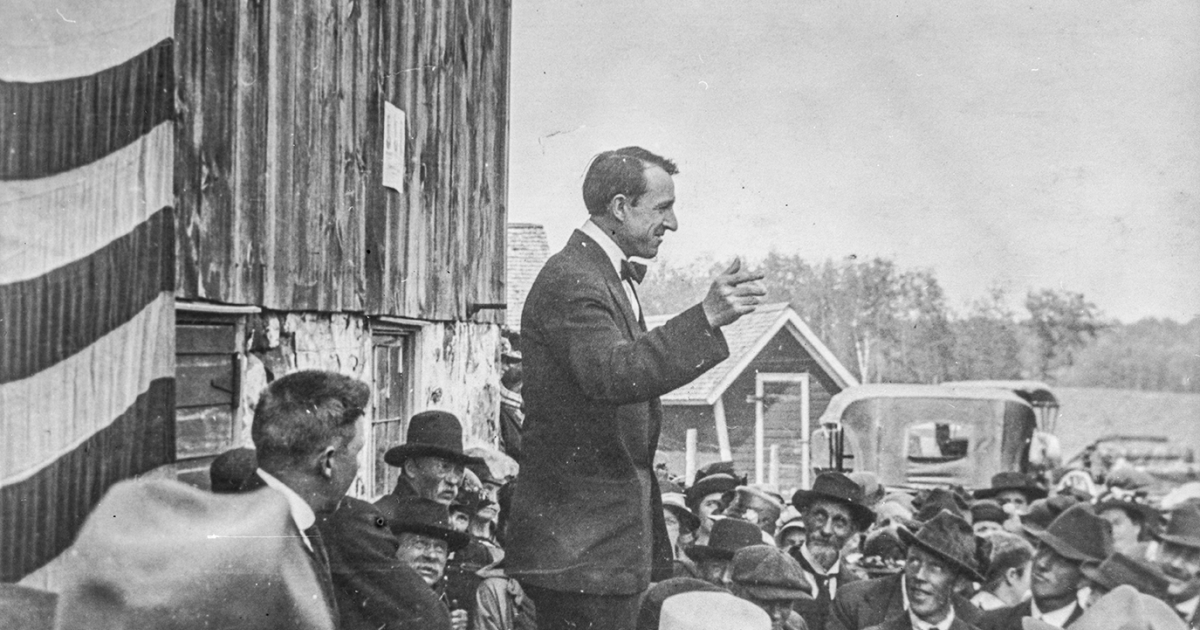The evolution of North Dakota’s electric cooperatives
1930
$5 and a handshake
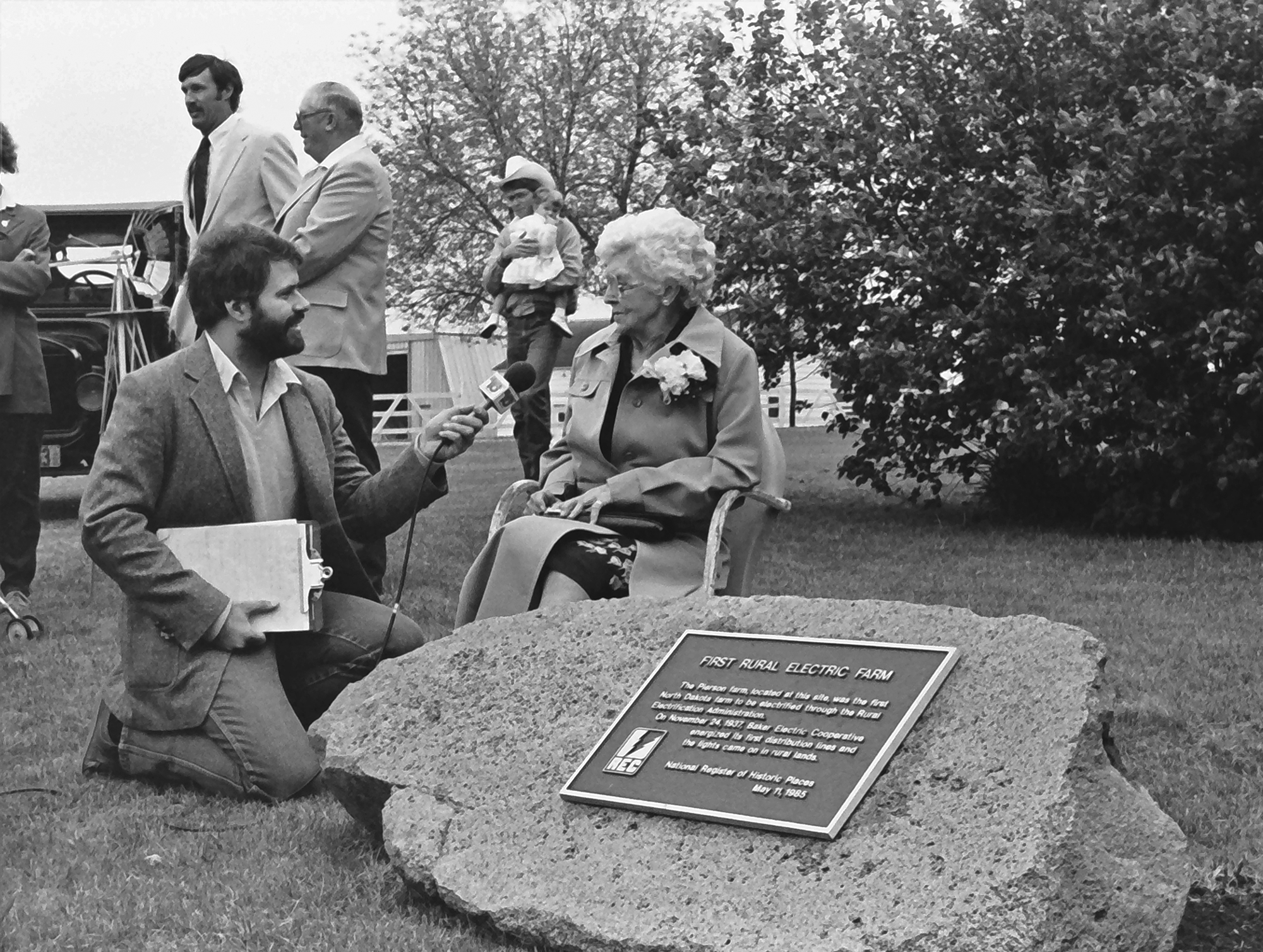 |
| Baker Electric Cooperative delivered electricity to the Ralph and Evangeline Pierson farm, located 3.5 miles south of York, on Nov. 24, 1937. It was the first farmstead in the state to receive electricity after the passage of the Rural Electrification Act. In 1985, the farm was commemorated as part of the REA’s 50th anniversary celebration. |
The legacy of electric cooperatives is one of the greatest engineering achievements of the 20th century. It’s a story of self-help, determination and cooperation.
With the stroke of his pen on May 11, 1935, President Franklin Delano Roosevelt established the Rural Electrification Administration (REA) by Executive Order No. 7037. It would take Congress another year to pass the Rural Electrification Act, creating the lending program to set the REA in motion.
Soon after, it became evident to REA officials that investor-owned utilities were not interested in using federal loan funds to serve sparsely populated rural areas. But loan applications poured in from farmer-based cooperatives.
In North Dakota, rural electrification began with $5 and a handshake. Farmers and ranchers went door-to-door, collecting $5 membership fees to secure funds to build a power supply system and bring light to the prairie.
Electric cooperatives formed by 1940, but World War II temporarily paused rural electrification, as the nation’s materials and supplies were needed to help the war effort. Rural electrification would have to wait until after the war.
A unified voice
July 1942
Co-ops across North Dakota joined together to boost rural electrification efforts that would improve the quality of life for rural people.
At a café in Carrington, electric cooperative managers and directors met from five co-ops – Baker, Cass County, Nodak, Tri-County and Verendrye. Within 30 minutes, they created a statewide association, known today as the North Dakota Association of Rural Electric Cooperatives (NDAREC).
Soon after, North Dakota led the nation in electricity advancement with its postwar planning, as cooperatives aggressively pursued rural electrification.
By 1943, the association’s board set a goal to electrify 10,000 farms per year for the five years following the war – a feat achieved by electric co-ops.
As the need for electricity increased in the 1950s, North Dakota’s electric cooperatives began long-range planning to build a power supply system to meet growing energy demand. And at the urging of REA officials, the statewide association also began providing member education and communications services.
1960
Passionate visionaries
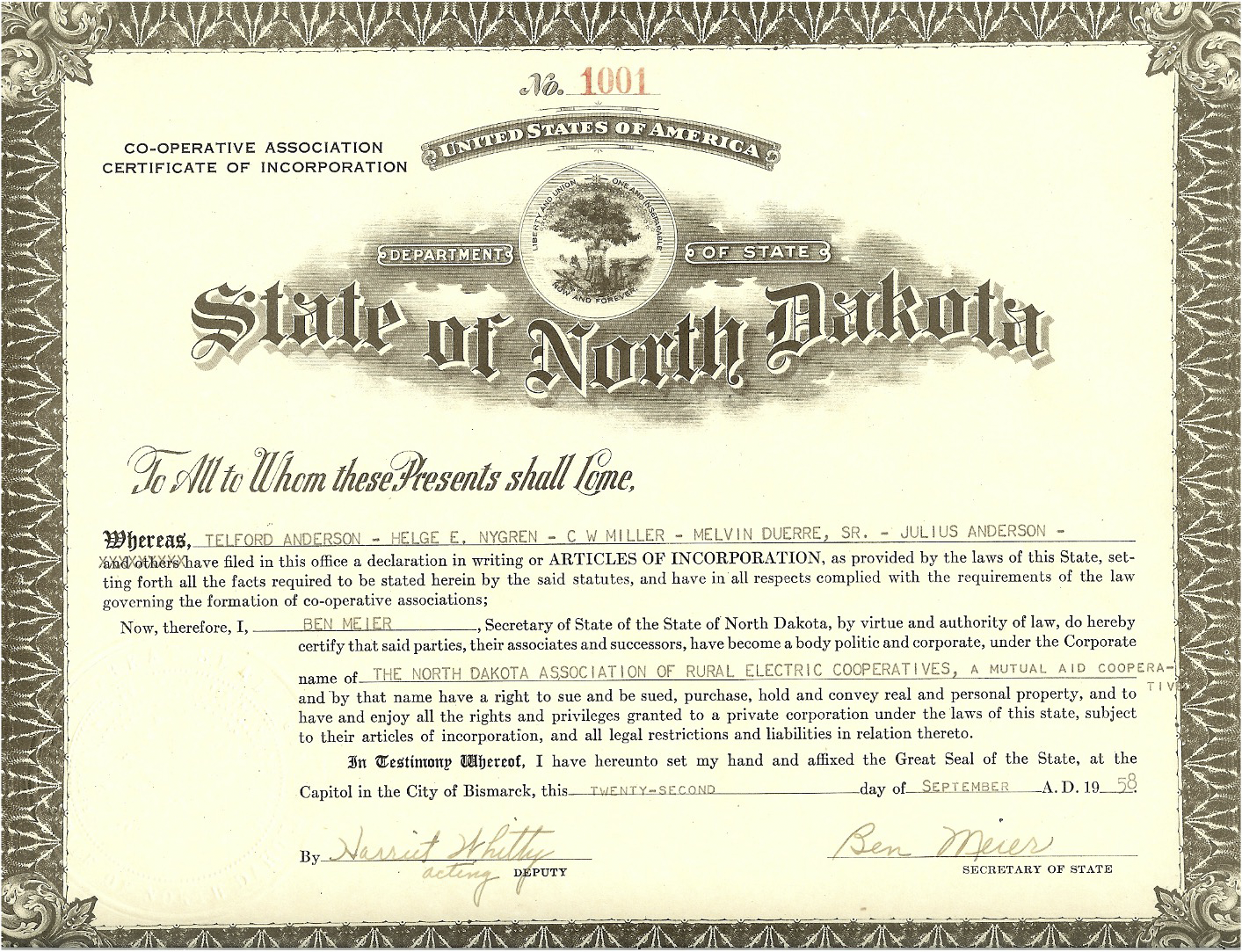 |
| In 1958, the board of directors filed articles of incorporation for the North Dakota Association of Rural Electric Cooperatives (NDAREC). The association opened its new headquarters in northwest Mandan in 1966, off the newly constructed superhighway, Interstate 94, where it remains today. |
Early cooperative leaders planned for the future, often creating visions that seemed nearly impossible to achieve. But through the collective efforts of North Dakota’s electric cooperatives, they met every challenge.
As electric demand increased, co-op leaders worked to develop long-term solutions to increase power supply and train the future workforce.
In 1960, NDAREC moved into its first office located in north Bismarck. Six years later, the association opened its headquarters facility in northwest Mandan, off the newly constructed superhighway, Interstate 94, where it remains today.
At that same location, NDAREC also constructed a training center for lineworkers in partnership with Bismarck State College and an apprenticeship program with the International Brotherhood of Electrical Workers.
With more services needed, North Dakota electric and telephone cooperatives formed the Electronic Data Processing division in 1965 to process invoices for local cooperative members. The division was the precursor to North Central Data Cooperative, formed in 1968, and later, National Information Solutions Cooperative (NISC).
As the demand for power rose in the late 1960s, electric cooperatives formed generation-and-transmission cooperatives to borrow money, construct facilities and master contracts on behalf of distribution co-ops.
The right thing, the right way
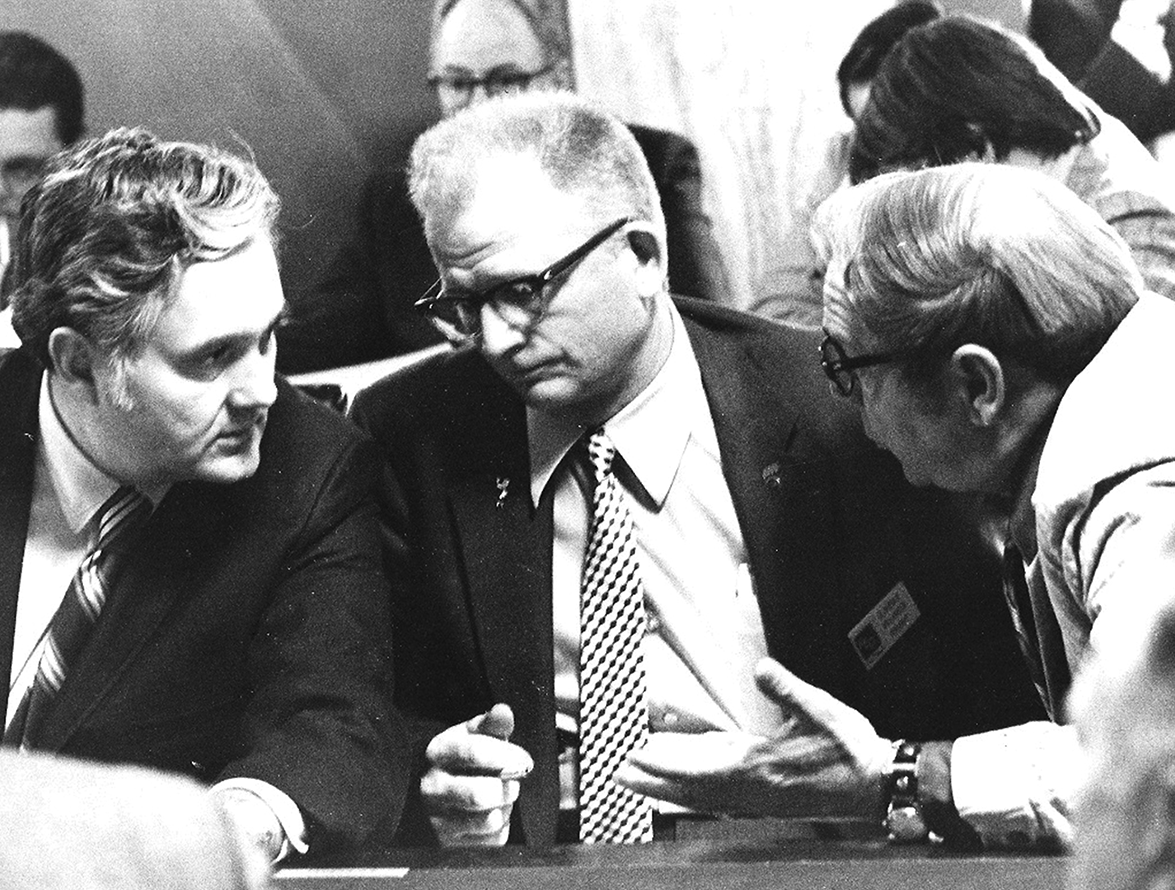 |
| Sen. Mark Andrews, left, worked with electric cooperative leaders, including NDAREC Board President Clarence Welander, center, and NDAREC Executive Vice President and General Manager Leland “Chub” Ulmer, to help save the REA, which the Nixon administration tried to eliminate in 1972. |
From the beginning, electric cooperatives sought to improve the quality of rural life. Cooperative success meant doing the right thing, the right way. Directors, employees and members worked together for their communities, which at times meant fighting – and winning – major political battles.
Crafted by North Dakota’s electric cooperatives, the Territorial Integrity Act was approved by the N.D. Legislature in 1965, requiring utilities to get Public Service Commission (PSC) approval before expanding into areas already served by an electric provider. The new law was a key victory for co-ops, offering protections for major investments in electric cooperative infrastructure in North Dakota.
Cooperatives also worked with the state Legislature and Gov. Art Link in the 1970s to draft an acceptable regulatory framework and land reclamation laws for lignite coal-mined land.
At the federal level, when President Richard Nixon eliminated the REA lending program on “Black Friday” in December 1972, electric cooperative leaders from across the country lobbied Congress for 20 weeks and successfully restored the program.
1980
Committed to community
Historically, member-owners have used the cooperative model to expand their capacity for self-help. Cooperatives acted as catalysts, offering solutions to problems and, together, doing things otherwise difficult or impossible to do alone.
In response to Gov. George Sinner’s “Grow North Dakota” initiative, and devastation in the 1980s agricultural and rural economies, the state’s electric and telecommunications cooperatives created the Rural Electric and Telecommunications Development Center in the early 1990s to support rural economic development.
To help cooperatives train lineworkers, NDAREC added the Apprenticeship, Training and Safety Program to its umbrella of services in 1991.
Cooperatives across the nation formed a national brand in 1998 called Touchstone Energy® Cooperatives.
And, as electric cooperatives evolved into highly sophisticated utilities, the need for education and communication became increasingly important. Today, education services through NDAREC help directors and employees earn certifications to improve service delivery to co-op members.
2000
Positioned for the future
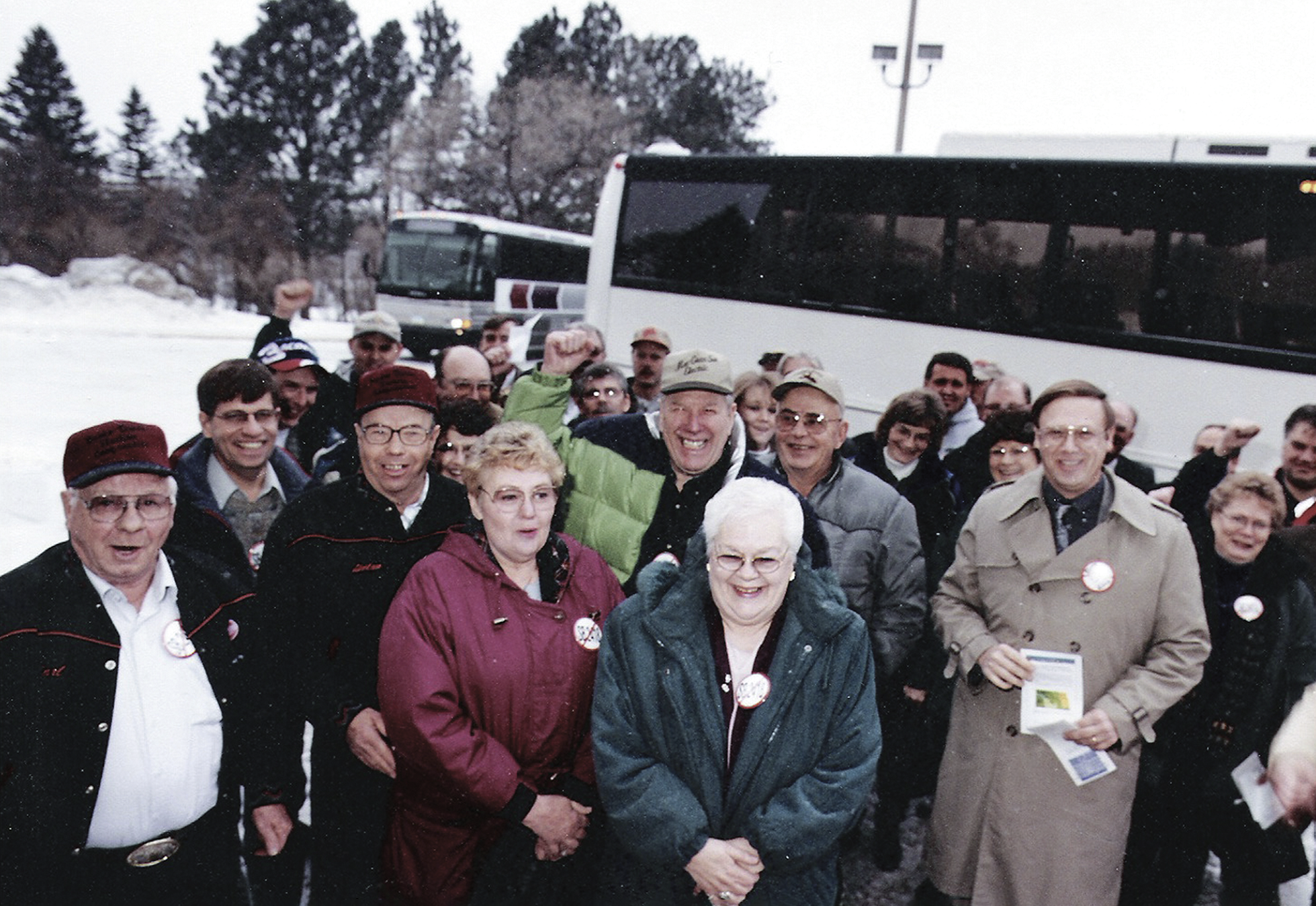 |
| From 1999 to 2005, electric cooperative members defeated four legislative challenges to the Territorial Integrity Act. |
Co-op members turned out in busloads to push back four separate challenges to the Territorial Integrity Act. These co-op efforts produced landmark legislation to develop service area agreements among utilities in 2005. Later, electric co-ops soundly defeated three separate measures to extend full PSC jurisdiction over self-governing cooperatives controlled by democratically elected boards of directors. And, milestone property tax reform in 2009 provided millions of dollars in tax relief for electric cooperatives through new, fair tax formulas.
In 2006, electric cooperatives in western North Dakota began exponentially expanding electric systems to support oil and gas discovery in the Bakken.
North Dakota’s electric cooperatives also formed the ND REC Benefit Trust in 2015 to reduce health care costs and offer quality, affordable health care to cooperative employees and their families.
Facing the 2020 challenges of the coronavirus pandemic, electric cooperatives remained agile in their pandemic response, while ensuring the safety of their essential workforce and the security and reliability of the power grid.
For decades, electric cooperatives have evolved to meet the needs of their members. Through change and challenge, cooperatives have survived. Because they were built by and belong to the people they serve, electric cooperatives continue to thrive by remaining agile and responsive to members – now and in the future.
The strength of electric cooperatives is undoubtedly what sets them apart – a core set of seven cooperative principles, shared cooperative values and a commitment to the members they serve.
This timeline was researched and conceptualized by NDAREC staff, namely Clarice L. Kesler, with the editorial assistance of Cally Peterson and design support of Liza Kessel. It is displayed in the Cooperative Center corridor at the NDAREC headquarters facility in Mandan and proudly shares the electric cooperative story with visitors.



